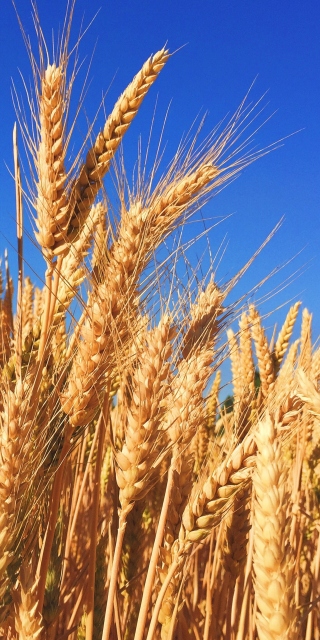|
WP5 - Communication-dissemination activities Of all grains,
wheat is most widely cultivated worldwide. Wheat is third among all
cereals, behind maize and rice, in total global production and wheat
supplies up to 20% of the energy intake of the global population. The
demand for wheat for human consumption is also increasing globally,
including in countries, which are climatically unsuited for wheat
production, due to the adoption of western-style diets.
Several popular and trending diets, such as the Paleolithic diet (low
carb), the wheat avoidance advice proposed by Davis, in “Wheat Belly”
and Perlmutter in “Grain Brain, have suggested that wheat consumption
has adverse health effects leading to numerous chronic diseases.
Globally many (social) media statements followed that gluten and wheat
disease, thus should be avoided. Along these developments, a new
commercial ‘Free From products’ trend (Free from gluten, Free from
Fodmaps) developed, based on marketing that wheat related compounds
should be avoided, which amplifies the public perceptions of the social
media concerns. As a result, a worldwide “avoid gluten and wheat” trend
has developed over the recent years.
However, there appear to be many misinterpretations, selective citations
and non facts based conclusions that have fuelled many communicators to
show the public primarily negative aspects of consuming grains while not
giving balanced views related to specific target groups such as celiac
disease patients, vs. the population as a whole. In this respect, there
is a need to have available fact based and easy language communications
that can help consumers to make well informed choices.
With the research questions that are being addressed by the project WoW
it is aimed to deliver answers to a number of questions that are related
to concerns about the health effects of grains, especially modern wheat
types vs. ancient wheat types.
The WoW - universities research consortium, aligned with ‘Health Grain
Forum’ will act as a trustful data source and aims to help communicate
evidence based, news about grains, especially the various wheat types
and health.
|
